
ACALYPHA INDICA
Acalypha Indica, commonly known as Indian Nettle, is a potent homeopathic remedy sourced from the vegetable kingdom, specifically from the Indian Acalypha plant belonging to the Euphorbiaceae family.

Acalypha Indica, commonly known as Indian Nettle, is a potent homeopathic remedy sourced from the vegetable kingdom, specifically from the Indian Acalypha plant belonging to the Euphorbiaceae family.
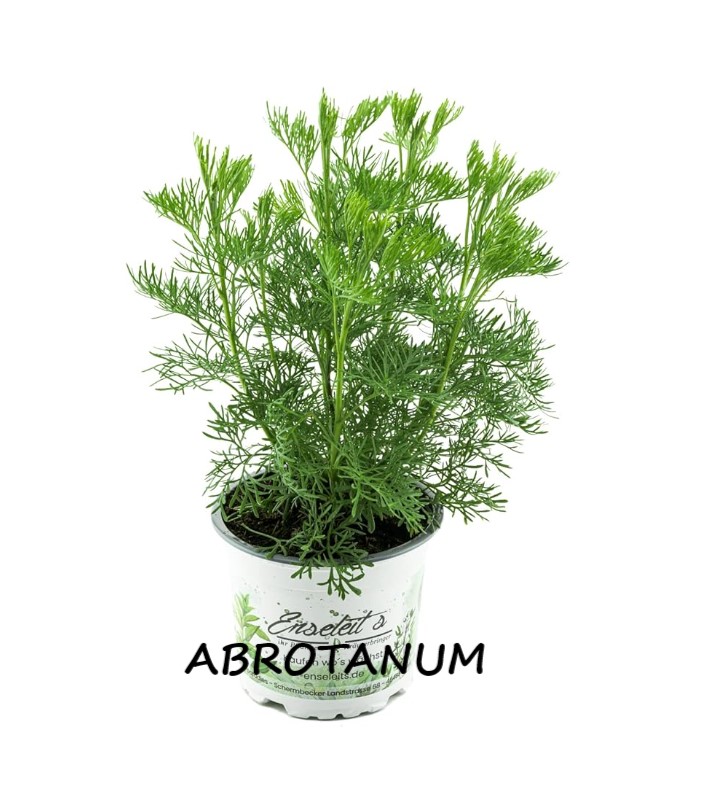
Abrotanum is a valuable medicine obtained from plants in the vegetable kingdom. Its mother tincture is made from fresh leaves of the plant, which primarily grows in Southern Europe.
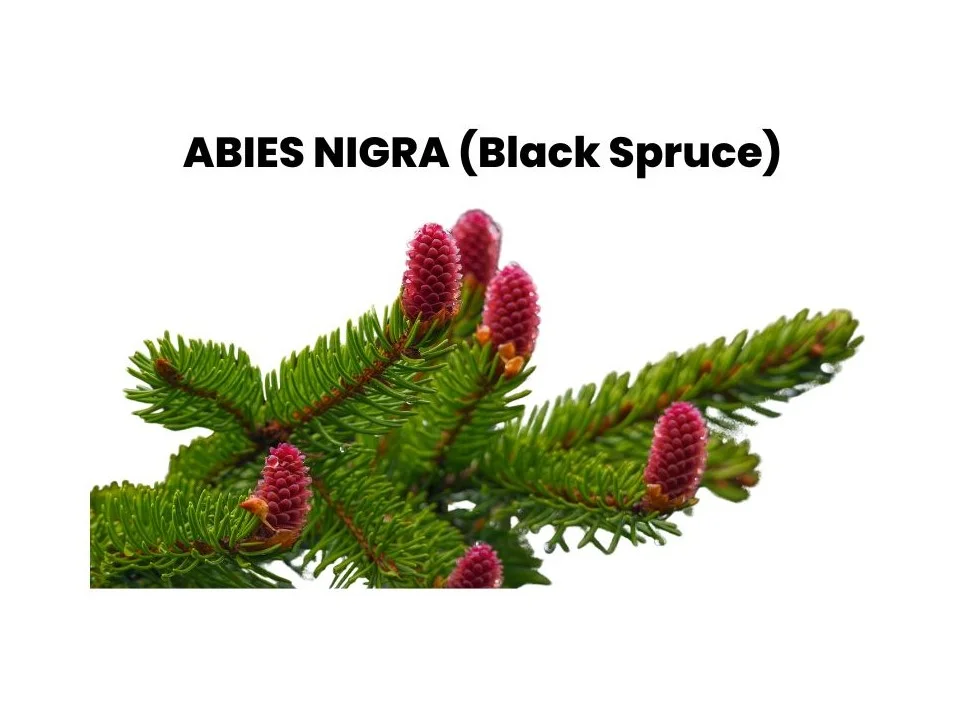
Abies Nigra, commonly known as Black Spruce, is a potent and enduring remedy with a focus on stomach-related symptoms. Its usage in dyspepsia, especially in the elderly, has deep roots in homeopathic traditions.
ABIES NIGRA (Black Spruce) Read Post »

Absinthium, commonly known as Common Wormwood, is an herb recognized for inducing a distinctive pattern of epileptiform seizures.
ARTEMISIA ABSINTHIUM / COMMON WORMWOOD Read Post »

Carbohydrates are organic compounds composed of carbon, hydrogen, and oxygen atoms. They are one of the three main macronutrients, along with proteins and fats, and they play a crucial role in providing energy for the body.
DIETARY CARBOHYDRATES, TYPES, FUNCTIONS AND CLASSIFICATION Read Post »
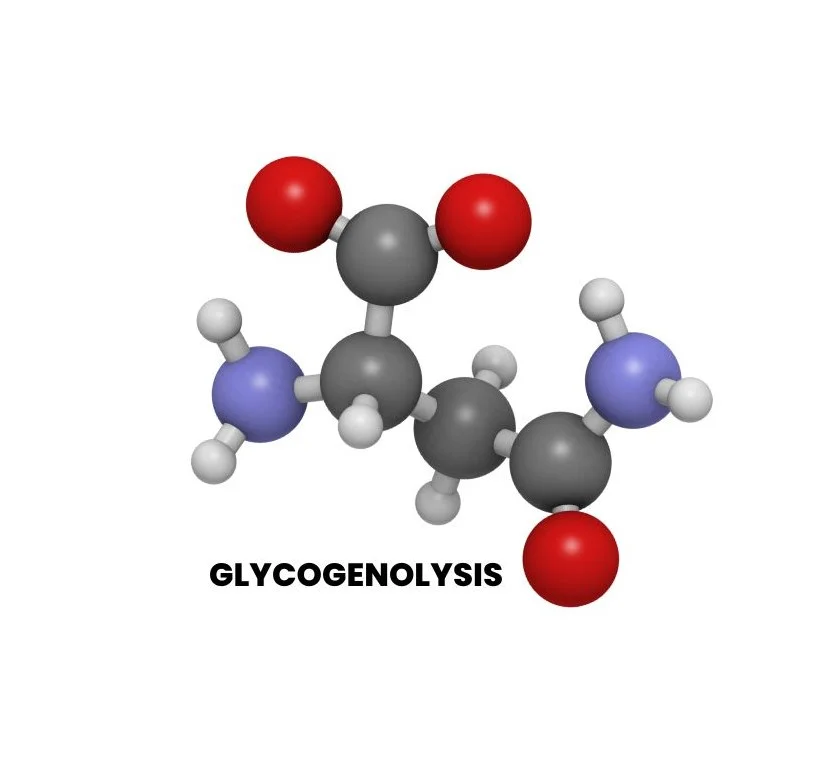
Glycogenolysis is a process in which a glycogen molecule breaks down into individual molecule of Glucose. This process takes place in Liver and Muscles to provide an immediate source of energy specially during fasting.

In homeopathy, it can be defined as a record book of the effects of drugs on human beings. It is the systematic record of homoeopathic drugs proven on healthy individuals.
DIFFERENCE BETWEEN MATERIA MEDICA AND HOMOEOPATHIC MATERIA MEDICA Read Post »
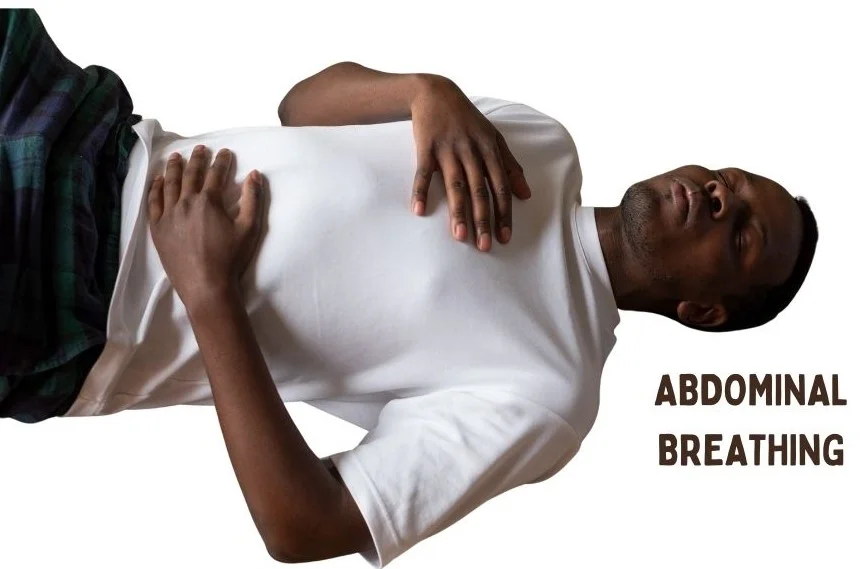
Abdominal breathing, also known as diaphragmatic breathing, can be referred to by various synonyms or alternate terms, including:
ABDOMINAL (DIAPHRAGMATIC) TYPE OF BREATHING Read Post »

Respiration is a fundamental physiological process that involves the exchange of gases, primarily oxygen and carbon dioxide, between an organism and its environment which crucial for the survival of living organisms, including humans.
TYPES OF RESPIRATION Read Post »
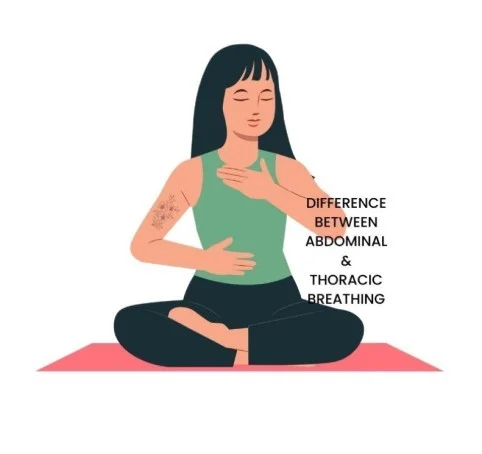
Abdominal and thoracic breathing represent two distinct styles, each with its unique characteristics.
DIFFERENCE BETWEEN ABDOMINAL AND THORACIC BREATHING Read Post »

Explore the world of clinical examination through inspection, palpation, percussion, and auscultation of the chest to learn about vital signs and lung sounds.
RESPIRATORY SYSTEM EXAMINATION METHOD Read Post »
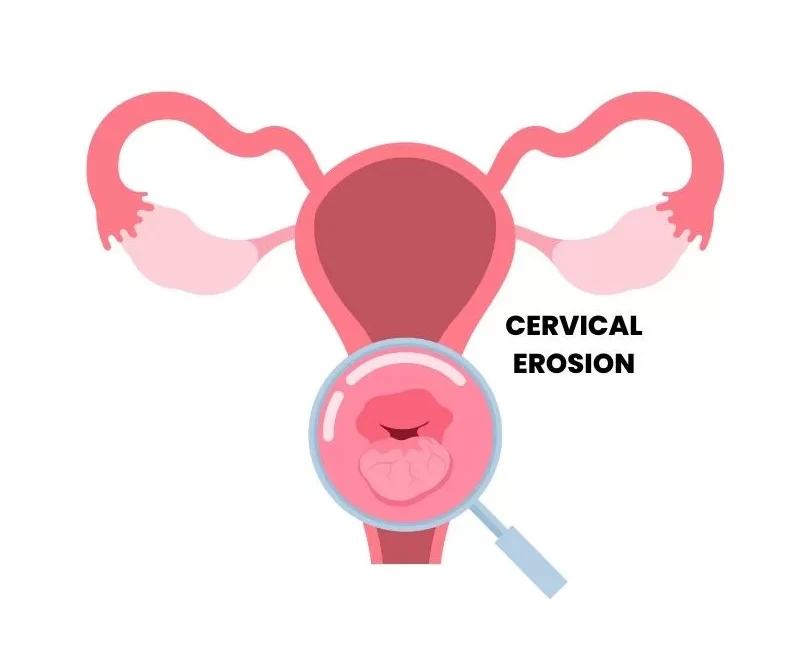
Cervical erosion, or cervical ectropion, is a common gynaecological condition where cervical canal cells appear on the cervix’s outer surface. While usually benign, it can cause discomfort or abnormal discharge. Learn about its causes, symptoms, diagnosis, and treatment options in this comprehensive guide.
CERVICAL EROSION TREATMENT IN HOMOEOPATHY Read Post »
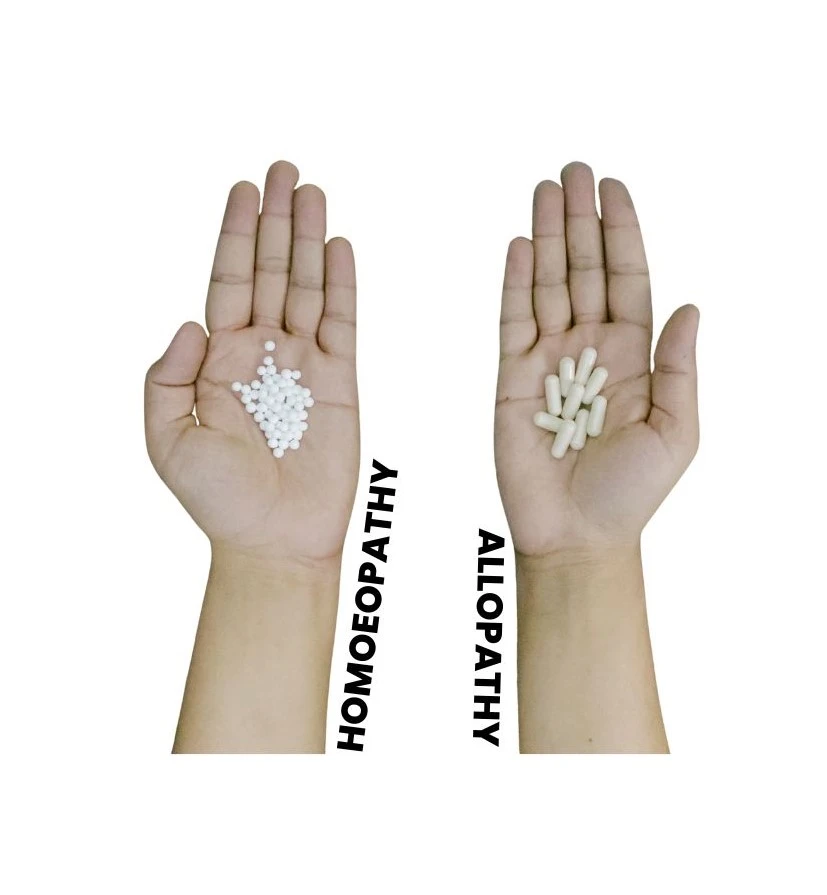
Explore the world of healthcare as we compare homoeopathy and allopathic medicine. Discover their differences, effectiveness, and when to choose one over the other. Get insights into these healthcare standards and how they impact your well-being.
ALLOPATHY VS HOMEOPATHY: WHICH IS BETTER? Read Post »
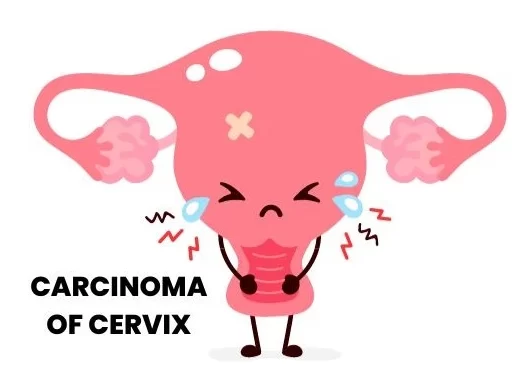
Cervical cancer is the abnormal growth of cells in the cervix, typically caused by HPV infection. It is a leading cause of cancer-related mortality among women.
HOMOEOPATHY FOR CA CERVIX (CERVICAL CANCER) Read Post »
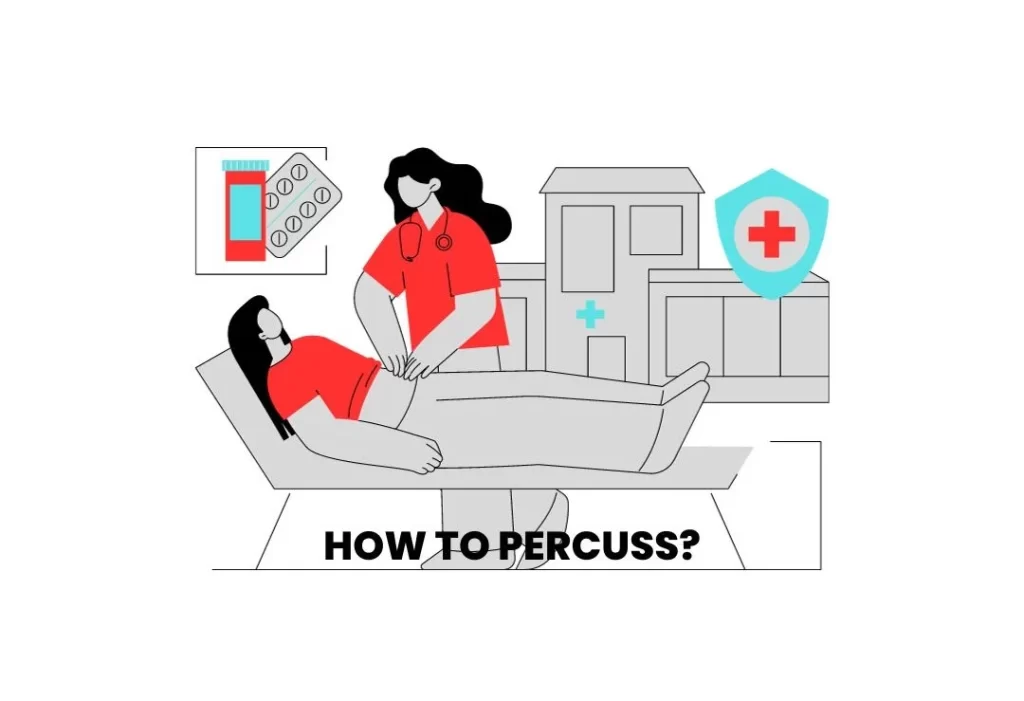
Percussion, a fundamental method of clinical examination, involves the gentle tapping of a patient’s body with the examiner’s fingers.
PERCUSSION METHOD OF CLINICAL EXAMINATION Read Post »